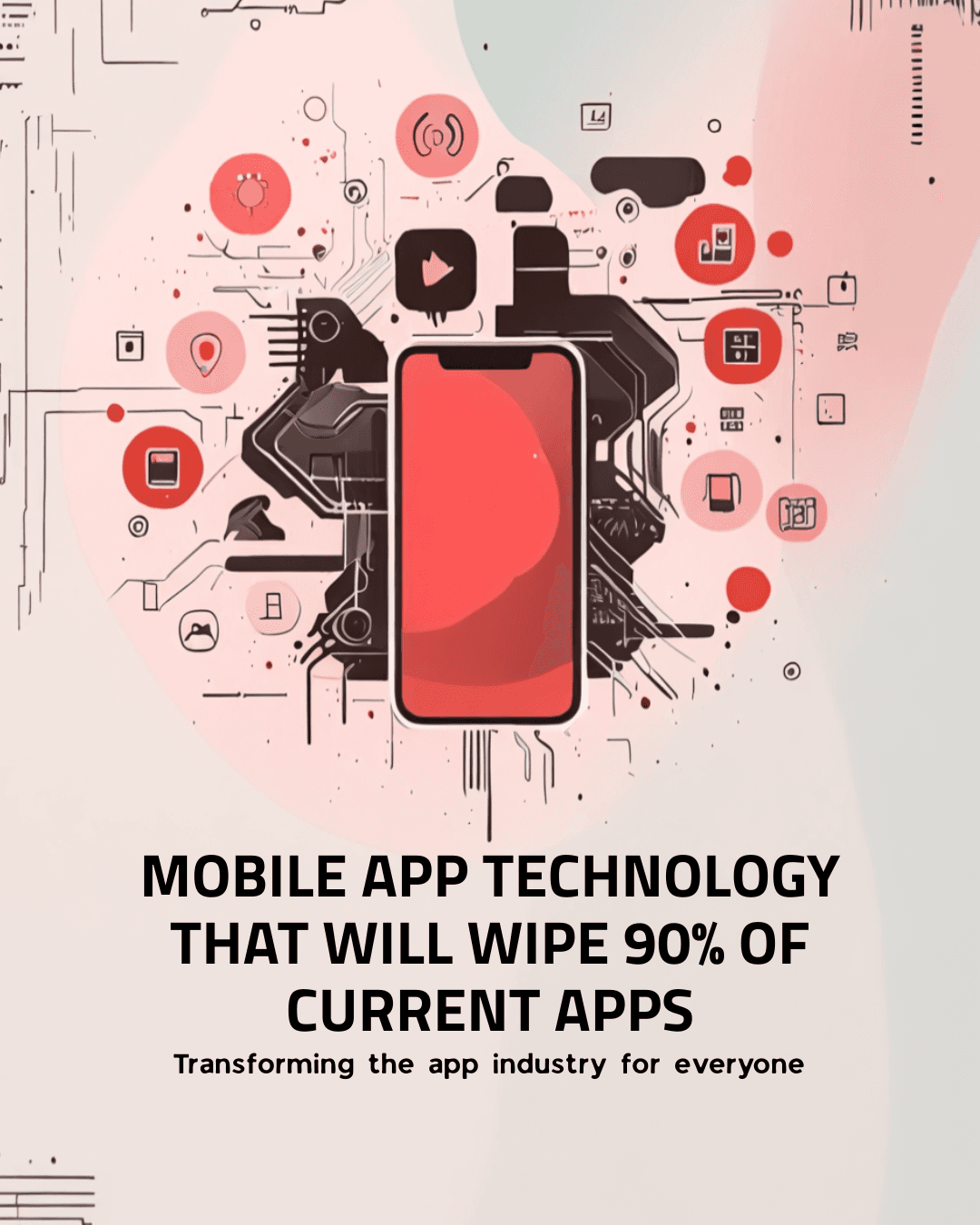We text emojis. We chat them. We affix billions in our Snapchats and tweets. If we’re not making website addresses with them yet, we will be soon.
Emoji URLs for websites are the logical endpoint of a global, mobile internet. Emoji have quickly emerged as a language understood by almost anyone with a smartphone, regardless of their native tongue (though sometimes these symbols are up for interpretation). Rather than words and phrases, companies and individuals can promote a universal, memorable string of visual symbols easily entered into smartphones.
All the signs this is happening are there. Apple built an emoji keyboard into the Touch Bar of its new MacBook Pro. The domain registrar GoDaddy released a new service on Oct. 28 to register and search for emoji URLs. The marketers are also here: Coke launched a South American advertising campaign at  .ws in 2015, and a Norwegian airline is promoting flights to Las Vegas at its website: ✈️.ws.
.ws in 2015, and a Norwegian airline is promoting flights to Las Vegas at its website: ✈️.ws.
The system works because emoji are basically letters and ASCII symbols. For example, GoDaddy’s new emoji domain registration “

 ” is actually “xn—qeiaa” in the browser. Behind the scenes, emoji are automatically translated into code and routed the same way as any other website URL.
” is actually “xn—qeiaa” in the browser. Behind the scenes, emoji are automatically translated into code and routed the same way as any other website URL.
Yet emoji URLs remain an online scofflaw. Search engines aren’t designed to find them. Registering them is difficult. Fusty internet standards mean most domains won’t allow you to register them, except for a few country-level domains—Western Samoa’s .ws and Laos’ .la, for example—that fall outside the standard rules governing other domain name extensions issued by the Internet Corporation for Assigned Names and Numbers (ICANN).
There are a number of technical and intellectual property barriers to clear before emoji URLs are available on any domain. ICANN will have the final word, but GoDaddy is pushing to see how these symbols can be used with its emoji-domain search engine and registrar. “We increasingly expect to see emojis form a critical part of online communication, so this tool is one way we are starting to cater to this,” a company spokesperson said in an email.
Ref: QUARTZ
%20pic.png&w=1920&q=75)


